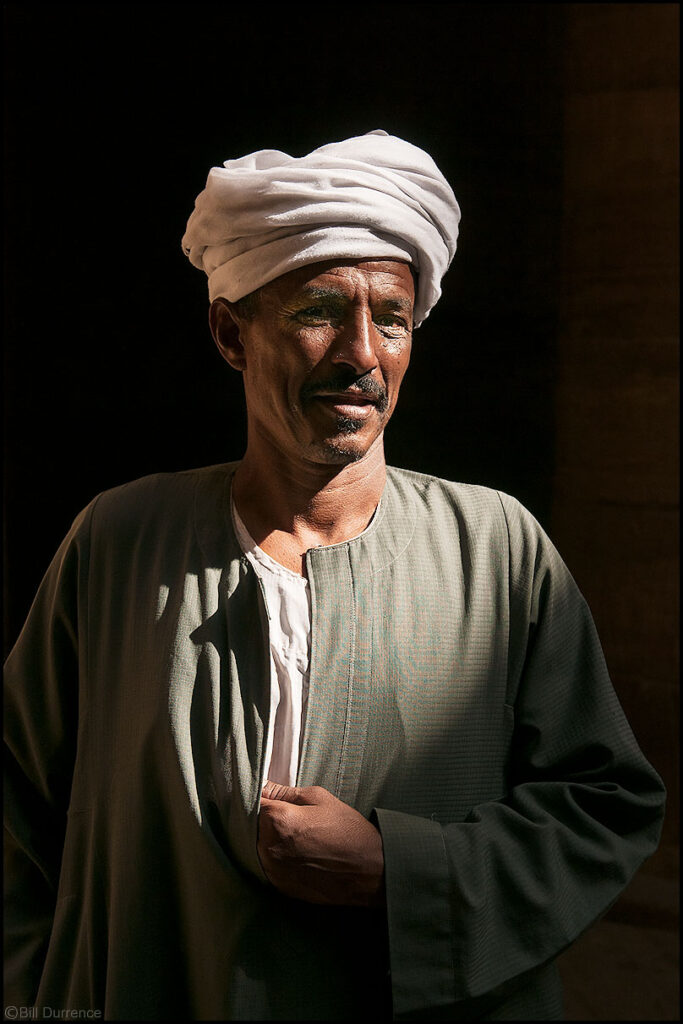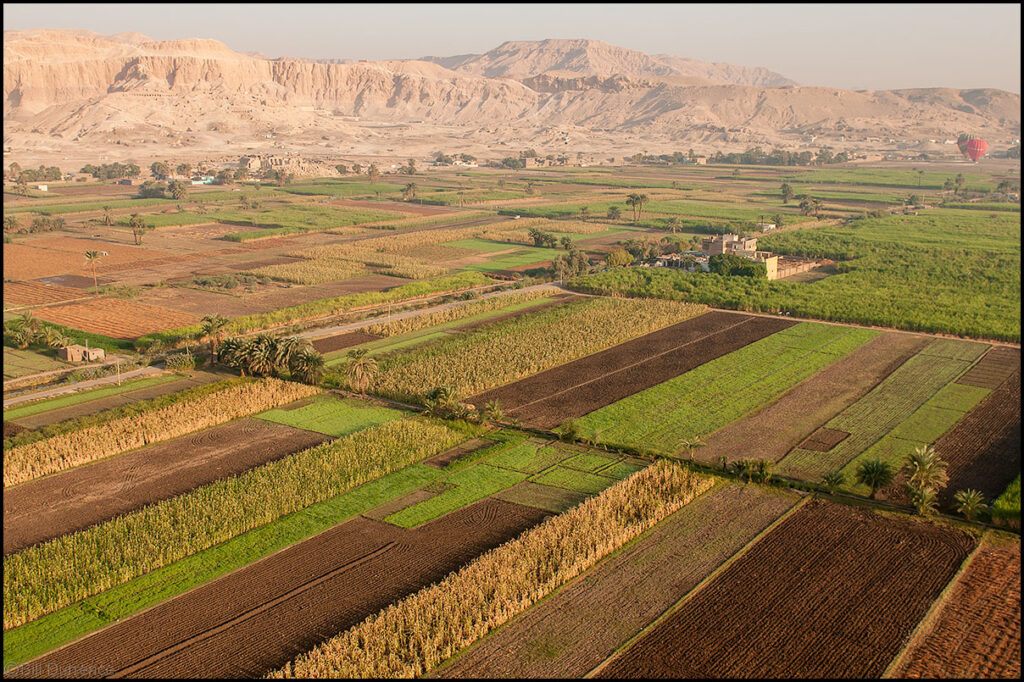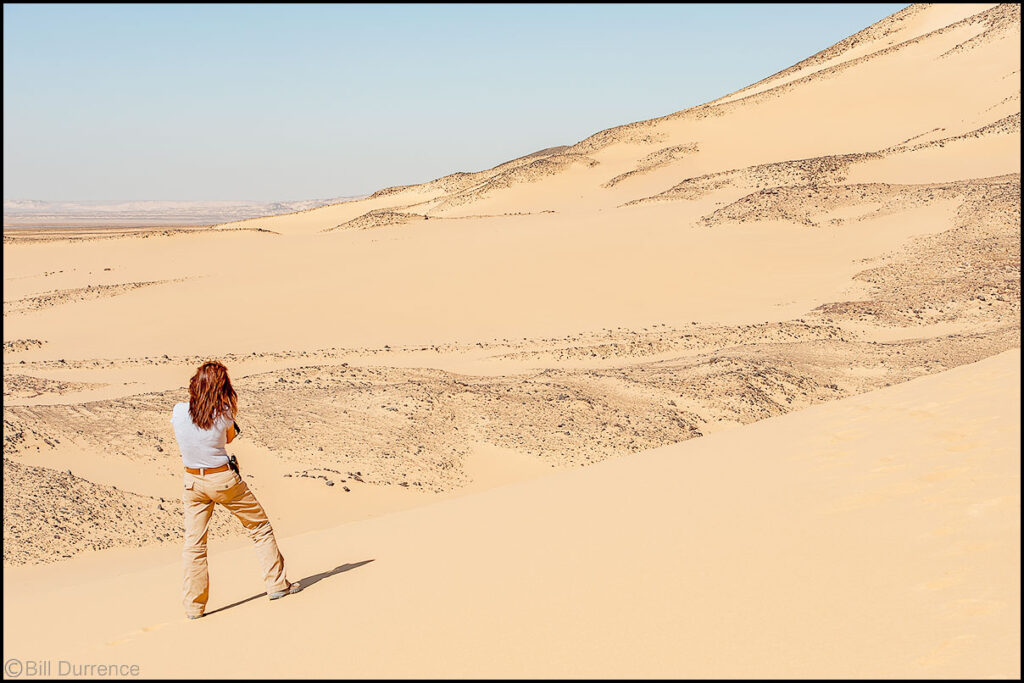Chengdu, China, 2012

Barbara has a thing for animals. She will be skeptical about the acceptability of a two star hotel, but spend 10 days sleeping on a cot, in a tent, with a slit trench for a toilet, in the Serengeti, without complaint, just to watch them in the wild.
One of the fund-raising tactics of the Bifengxia Giant Panda facility is to offer a few minutes holding and feeding a baby panda…for a hefty contribution. Done. I owed Barbara this one. She had joined me for a workshop in China and as we were settling into our coach seats for our 15 hour non-stop trans-Pacific flight, a flight attendant told me my frequent flyer status made a vacant first class seat available for me. You know–the seats that do a 100% flat recline into a bed, partitioned into privacy, with attentive staff at a much lower staff-to-passenger ration than in steerage?
I immediately said how much I appreciated the offer, but that I was traveling with my wife and I would just stay there with her. Barbara immediately said, “No. Go. You have to work as soon as you get there. You will be rested when we get in,” or something to that effect. I owed her.
For more photo galleries, go to https://www.billdurrence.com/index




